Emerging of rulers,Janapadas ,Mahajanapadas, collection of taxes
EMERGING OF RULERS
Choosing leaders or rulers through the votes is common these days but actually started about 50 years ago.
Before that the leader was chosen by the Jana (the people) and they were recognised as the Rajas.
HOW SOME MEN BECAME RULERS:
- Around 3000 years ago, some men recognised as Rajas by performing very big sacrifices
- The Ashvamedha (horse sacrifice) - a ritual performed by the Rajas
- A horse was let loose to wander freely
- Guarded by the raja’s men
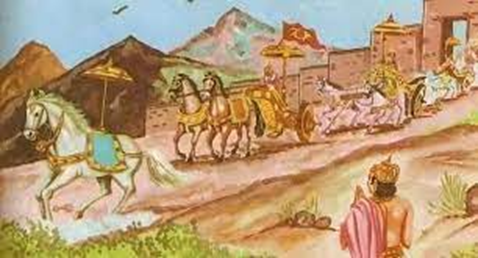
- If the horse entered other kingdoms and stopped by them, they had to fight.
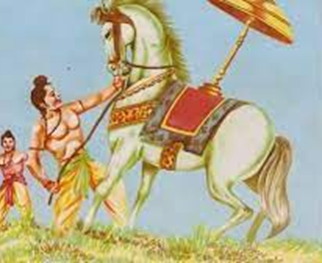
- And if they allowed the horse to pass, meant they accepted the Raja who performed the Ashvamedha was stronger to them.
- These rajas were then invited to the sacrifice and specially trained priests performed those rituals.
- Now the Raja who organised the Ashvamedha was recognised as most powerful and got the gifts from others.
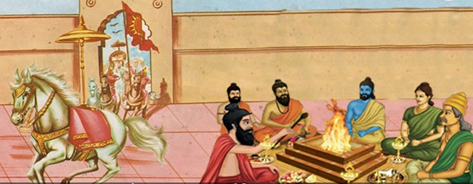
- The Raja - a central figure in these rituals
- Had a special seat- a throne or a tiger skin
- Accompanied with his charioteer, his relatives
- Other rajas as spectators
- Priests performed the rituals,ordinary people, the vish brought gifts
- The shudras were excluded from the rituals.
JANAPADAS
- Janapada literally means the land where the Jana set its root, and settled down.
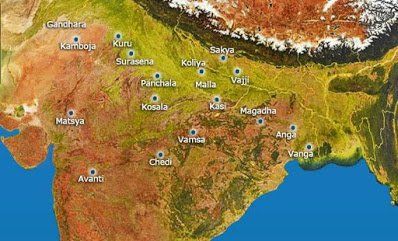
- The Rajas of the Ashvamedha were now recognised as being Rajas of Janapadas rather than Jana.
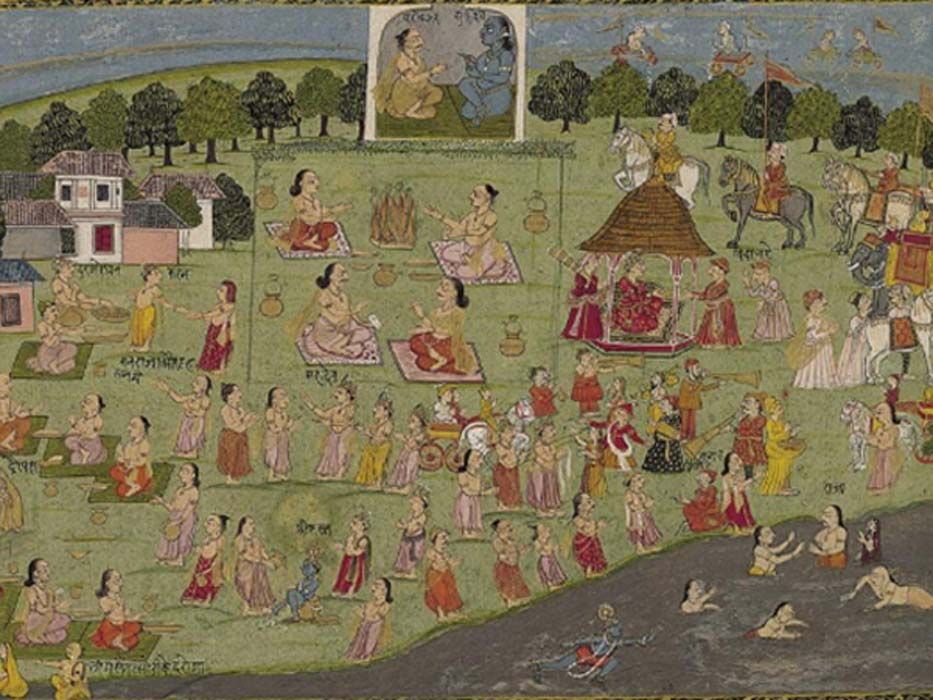
- Archaeologists excavated a number of settlements in these Janapadas.
- Purana Qila in Delhi
- Hastinapur near Meerut
- Atranjikhera near Etah
- People lived in huts
- Kept cattle as well as other animals
- Grew a variety of crops
- Wheat
- Barley
- Pulses
- Sugarcane
- Rice
- Sesame
- Mustard
- Made earthen pots
-
-
- Grey ware:
- Painted plates and bowls
- Pots had usually simple lines and geometric pattern
- Extremely fine to touch,with a nice smooth surface
- used on special occasions,for important people, and to serve special food
- Grey ware:
-
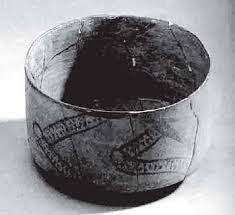
-
-
- Red ware
-
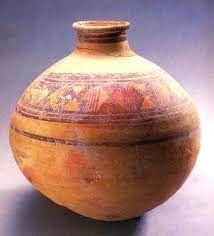
MAHAJANAPADAS
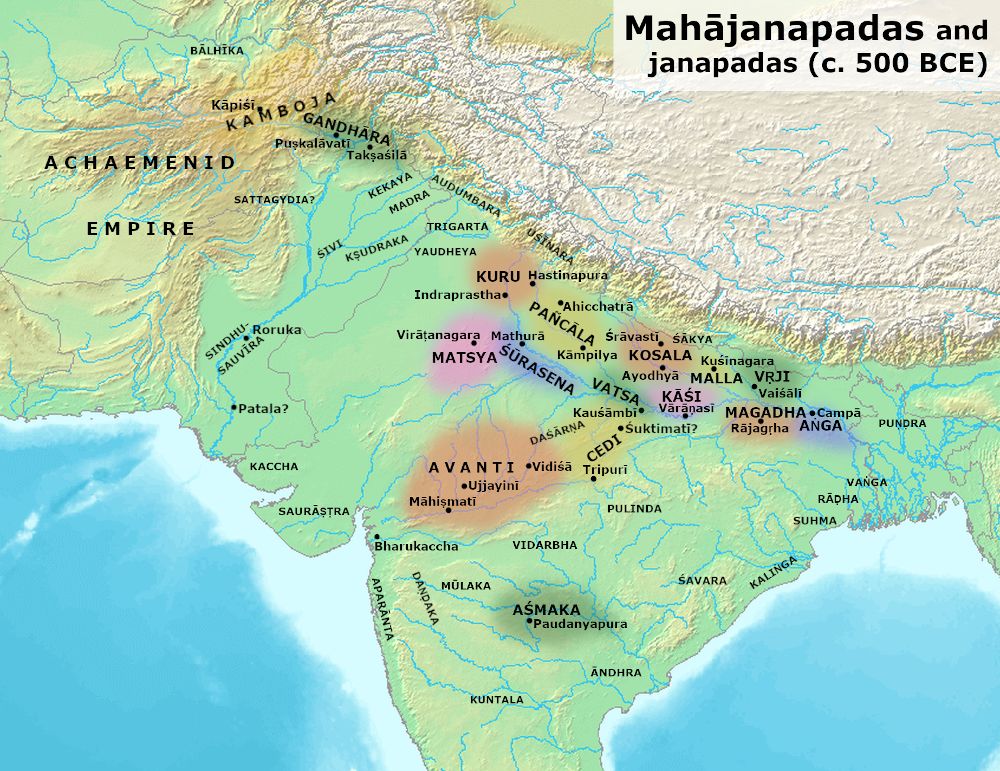
- About 2500 years ago, some Janapadas became more important than others, and were known as Mahajanapadas.
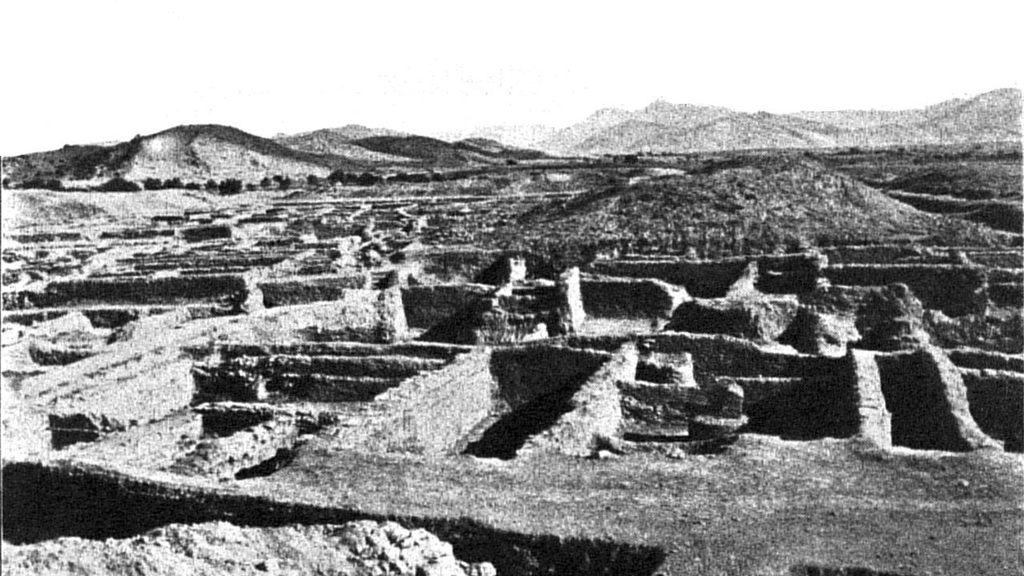
- Most Mahajanapadas had a capital city.
- They were fortified means surrounded by huge walls of wood, brick or stone.
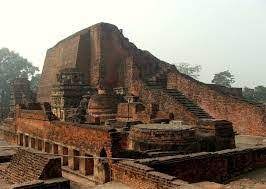
Reasons for fortification:
- To get the protection from enemies
- To show the wealth and power through the large, tall and impressive walls around their cities.
- The land and the people living within the fortified area could be easily controlled by the king.
Well-planned fortification:
- Proper planning needed for fortification.
- A large number of bricks or stones were required to build such huge walls.
- And in turn, enormous labour provided by men, women and children.
- Resources had to be found for all of this.
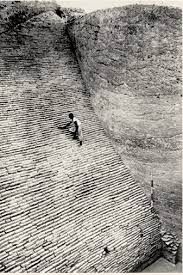
The fortification wall at Kaushambi
- Remains of the wall made of bricks
- Found near present-day Allahabad
- A part of it was built about 2500 years ago.
The new Rajas began maintaining armies.
- Soldiers were paid regular salaries and maintained by the king throughout the year.
- Some payments through punch marked coins
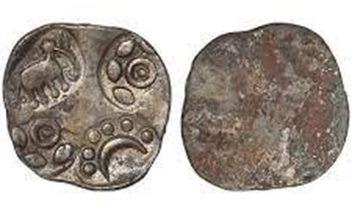
COLLECTION OF TAXES
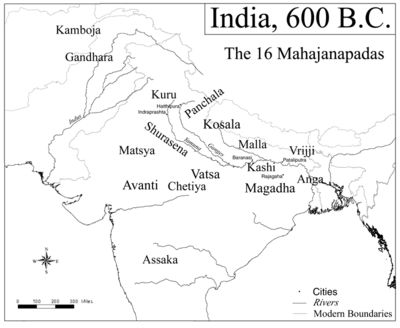
- The rulers of the Mahajanapadas needed
- More resources for
- Building huge forts
- More resources for
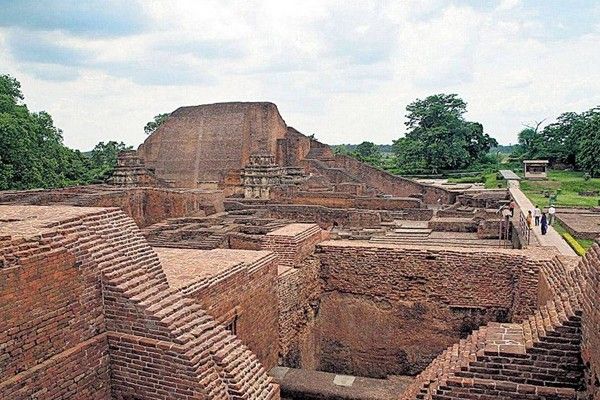
-
-
- Maintaining big armies
- Officials to collect resources
-
- Instead of depending on occasional gifts brought by people as was in case of the Janapadas, the king started collecting regular taxes
- Taxes on crops:
- Mostly people were farmers
- Tax was fixed at 1/6th of the production
- Known as bhaga or share
- Taxes on crafts persons:
- In the form of labour
- Work for a day every month for the king
- Weaver
- Smith
- Taxes on Herders:
- In the form of animals
- Animal produce
- Taxes on Traders:
- On goods that were bought and sold
- On Hunters and Gatherers:
- Taxes on crops:
- Forest produce
Agriculture, story of Magadha & Vajji
AGRICULTURE
Two major changes in agriculture were seen about 2500 years ago.
- The Growing Use of Iron Ploughshares
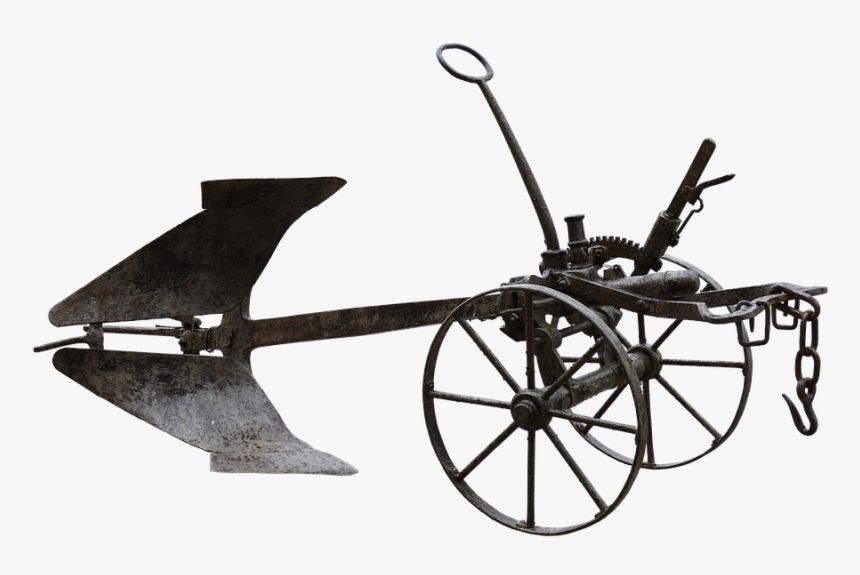
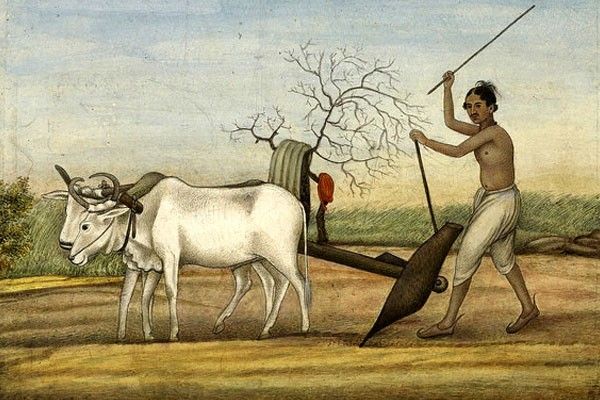
-
- Heavy, clayey soil turned over better than with wooden ploughshares so that it produced more grain.
- People began transplanting paddy
- Instead of scattering seeds on the ground, saplings were grown and then planted in the fields
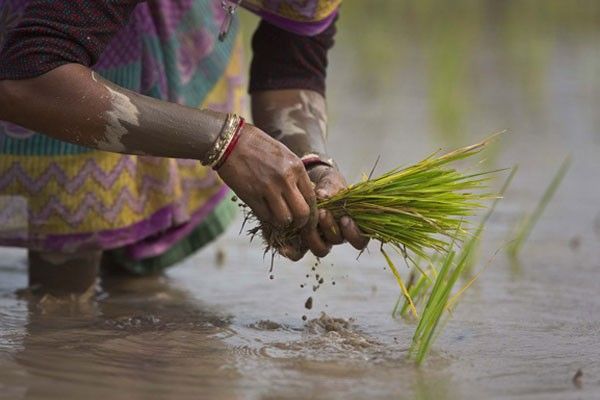
-
- This led to increased production, as many more plants survived..
However it was back breaking work, generally done by slave men and women, and landless agricultural labourers.Known as dasa,dasis and kammakaras respectively.
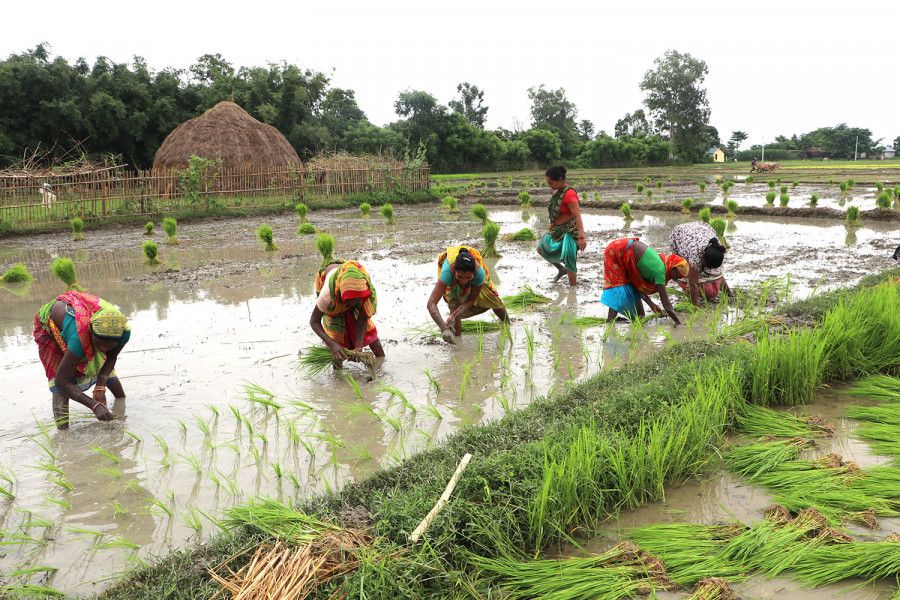
STORY OF MAGADHA
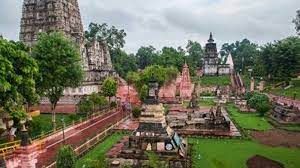
MAGADHA:
The most important Mahajanapadas in about two hundred years ago.
Reasons for its importance:
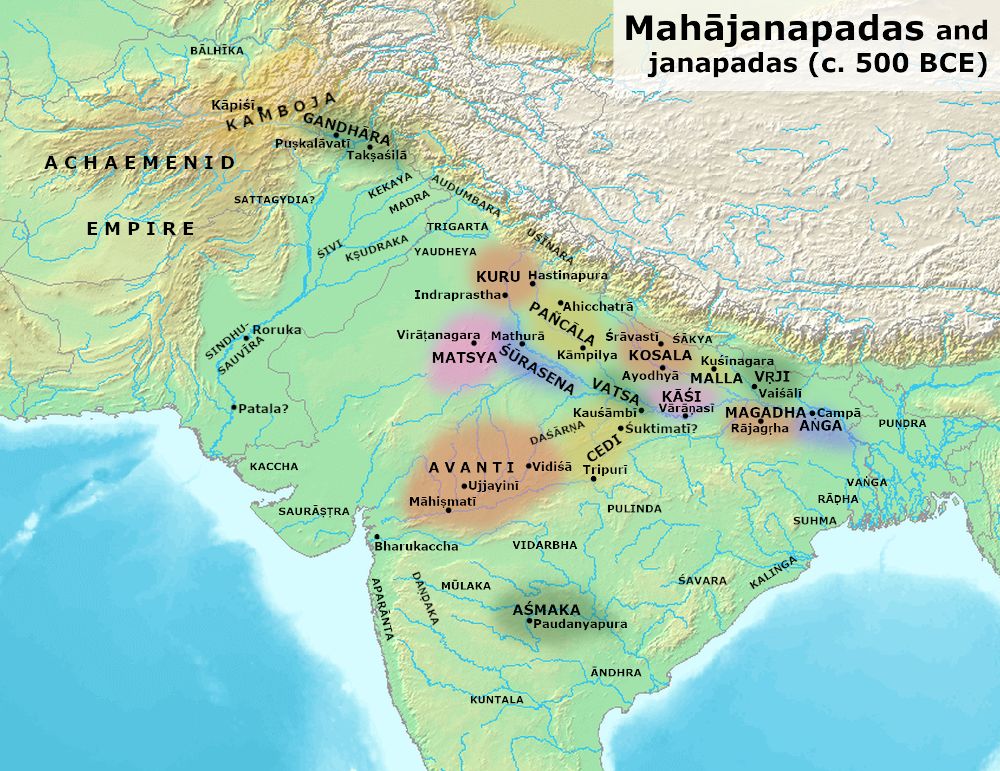
- The Ganga river and the Son river flowed through Magadha.
These rivers were important for
-
- Transport
- Water supplies
- Making the land fertile
- Parts of Magadha were forested.
- Elephants lived in the forest,captured and trained for the army.
- Forests provided wood for building houses, carts and chariots.
- There were iron ore mines in this region
- That could be tapped to make strong tools and weapons.
Magadha - A Powerful Mahajanapada
- Magadha had two powerful rulers- Bimbisara and Ajatasattu, who used all possible means to conquer other Janapadas.
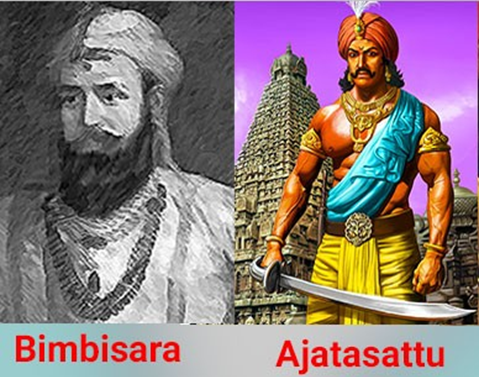
- Besides them,Mahapadma Nanda extended his control up to the north - west part of the subcontinent.
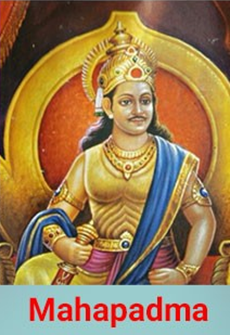
- Rajagriha (present day Rajgir) in Bihar was the capital of Magadha for several years.
- Later the capital shifted to Pataliputra (present day Patna).
Alexander- Wanted to become a World Conquer
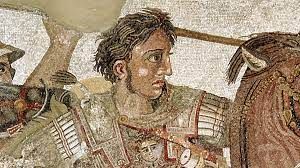
- More than 2300 years ago, Alexander lived in Macedonia in Europe.
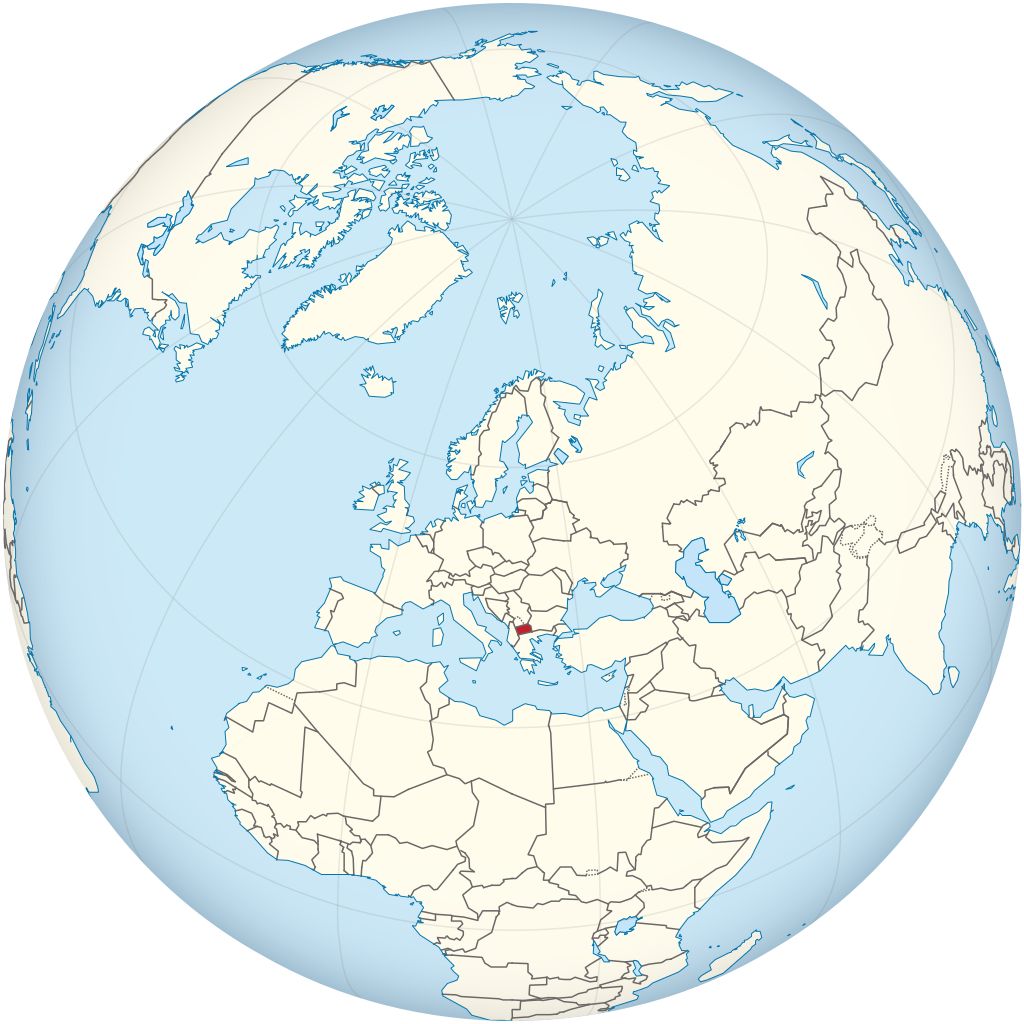
- Of Course did not conquer the world but did conquer parts of Egypt and West Asia.
- And came to the Indian subcontinent, reaching up to the banks of the Beas.
- He marched towards eastwards but his soldiers refused to move further.
- As they were scared of the vast armies of foot soldiers, chariots and elephants of the Indian rulers.
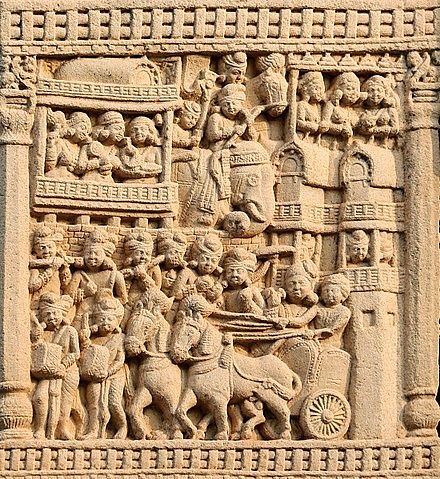
STORY OF VAJJI
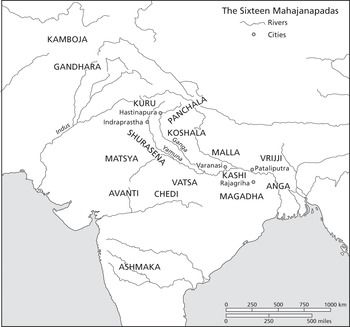
- The capital of Vajji was Vaishali( Bihar).
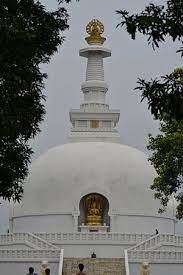
THE GANA OR THE SANGHA:
- Vajji had a different form of government, known as Gana or Sangha.
- Not one but many rulers in a Gana or Sangha.
- Even thousands ruled together.
- Each known as Raja.
- These Rajas performed rituals together.
- They met in regular assemblies.
- Through discussion and debate, they planned and act accordingly
- Women , dasas and kammakaras were not allowed to participate in these assemblies.
- Both Lord Buddha and Swami Mahavira belonged to Ganas or Sanghas.
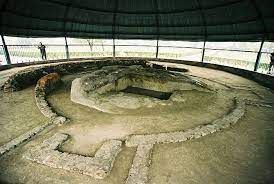
LICCHAVI
- The most vivid descriptions of life in the Sanghas are found in Buddhist books.
A famous Buddhist book - Digha Nikaya
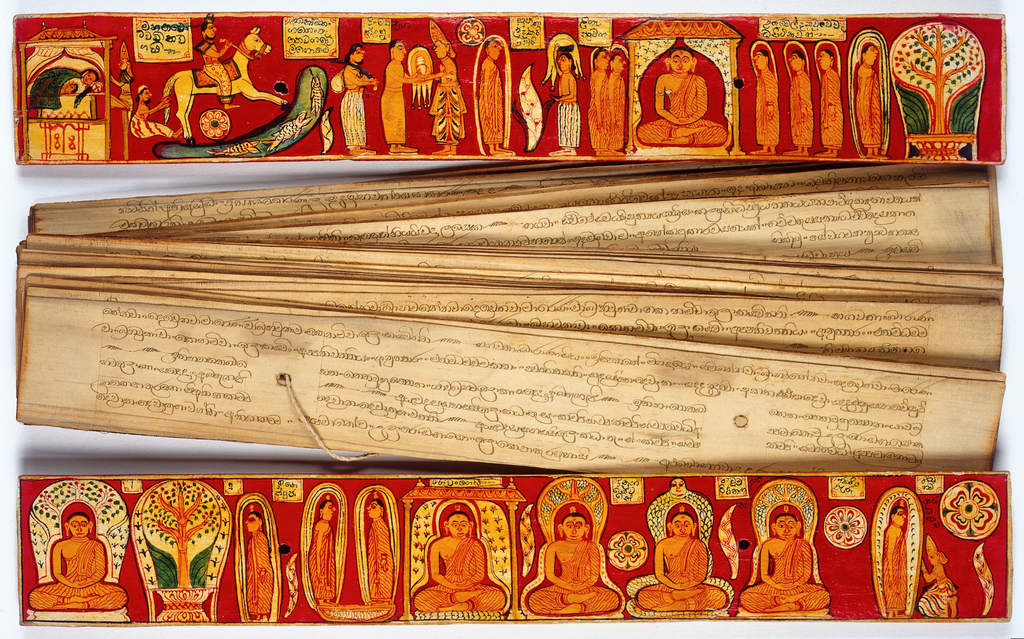
-
- Contains some speeches of the Buddha
- Written down about 2300 years ago
Ajatasattu and the Vajjis
(An account of the Vajjis from the Digha Nikaya)
- Ajatasattu wanted to attack the Vajjis to expand his kingdom.
- He was the great follower of Lord Buddha.
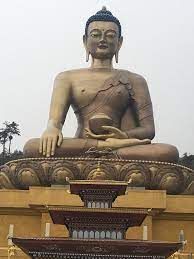
- Sent his minister ,Vassakara to the Buddha to get his advice on the matter.
- The Buddha asked him whether the Vajjis assembled frequently,then they would continue to prosper.
- Where they established rules with mutual understanding.
- Elders,women ,Chaityas(local shrines) and saints were respected.
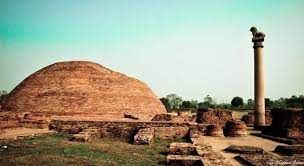
CAME TO AN END:
- Rajas of powerful kingdoms tried to conquer the Sanghas to extend his boundary.
- The Gan/ Sangha - A Form of Government lasted for several years- till about 1500 years ago.
- The last of the ganas or Sanghas were conquered by the Gupta rulers .

 Indira Gandhi Memorial High School
Indira Gandhi Memorial High School
